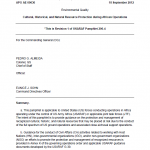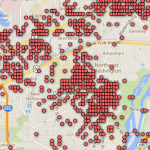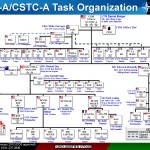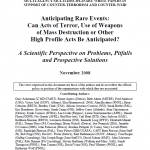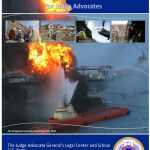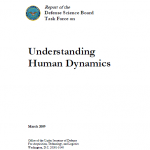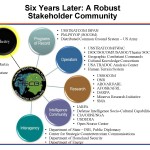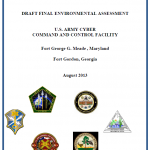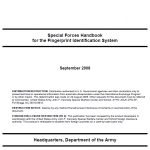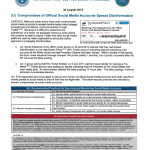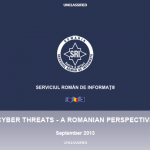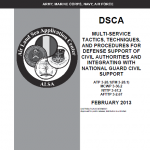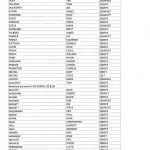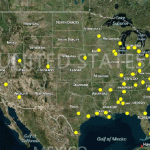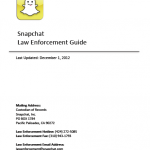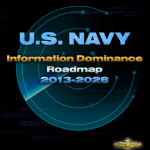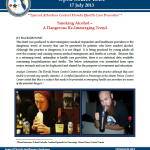
This Brief was produced to alert emergency medical responders and healthcare providers to the dangerous levels of toxicity that can be presented by patients who have smoked alcohol. Although this practice is dangerous, it is not illegal. It is being practiced by young adults all over the country and causing serious medical emergencies and deaths as a result. Because this is a returning trend, unfamiliar to health care providers, there is no statistical data available concerning hospitalizations and deaths. The below information was assembled from open source research and can be duplicated and shared for the purposes of awareness and education.

